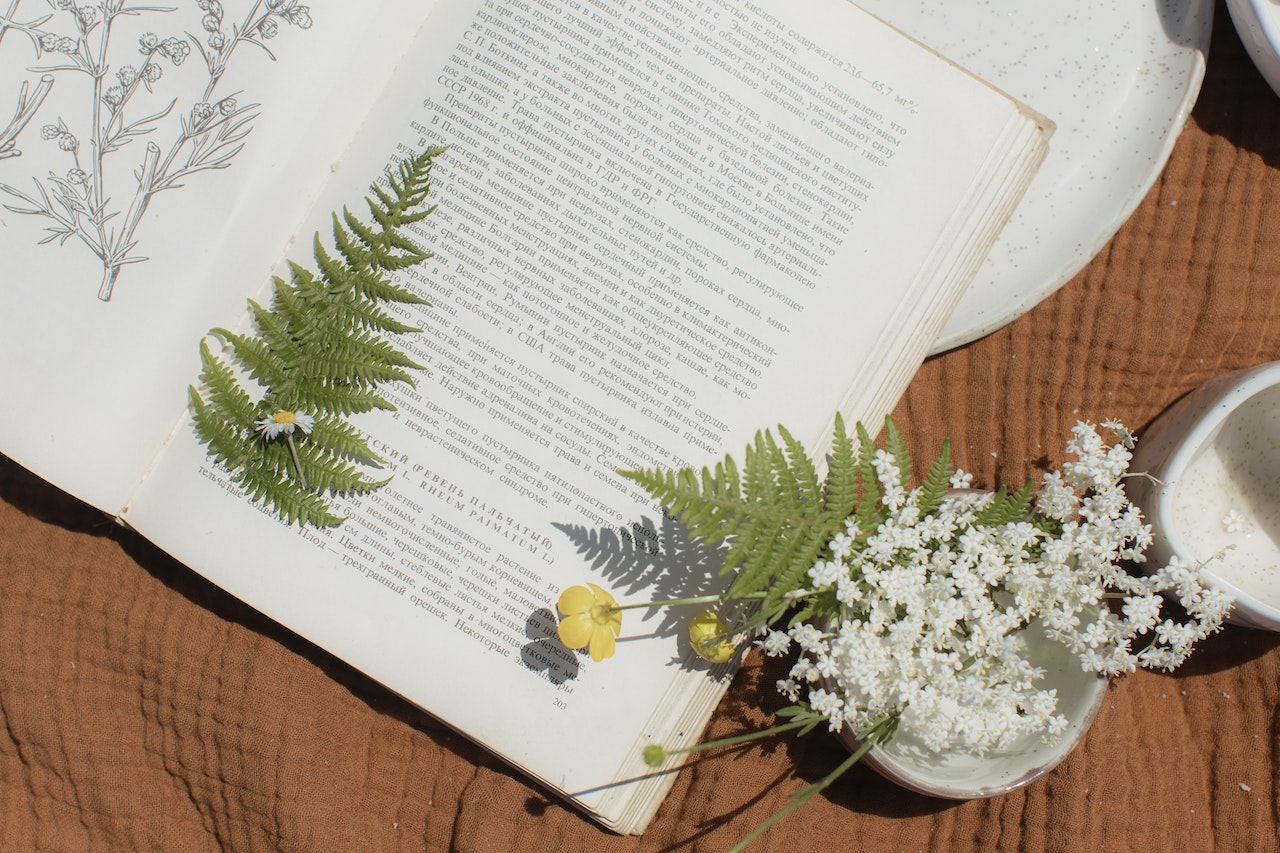Table of Contents
- Introduction: A Symphony of Words
- Delving into Literary Aesthetics
- Key Elements of Literary Aesthetics
- The Impact of Literary Aesthetics on Readers
- Creating an Aesthetic Experience through Literature
- Appreciating Literary Aesthetics: A Reader’s Perspective
- Conclusion: Transcending the Mundane

Introduction: A Symphony of Words
Enter the enchanting realm of Literary Aesthetics where every word takes on a life of its own as it skillfully navigates the boundaries between imagination and reality. From diverse elements such as innovative language usage to clever planned plotting strategies crafted by writers from all walks of life over different periods in time: attendees are immersed in an array of techniques designed specifically for drawing them further into each story. This overview highlights some critical aspects heavily discussed throughout the arts scene including plot development through twists & turns combined with gripping characterization that makes protagonists relatable while emphasizing themes using techniques such as symbolism or suspenseful imagery.
Delving into Literary Aesthetics
The Power of Words
Fundamentally. Literature is an arrangement of words that come together to form a symphony. The potency of words extends beyond their tangible nature to touch the core of human perception. Literary aesthetics is the author’s tool to harness this power, manipulating and controlling words to paint vivid imagery and evoke deep-seated emotions. Each word, each phrase, and each sentence plays a crucial role, breathing life into a narrative, shaping its pace, tone, and atmosphere.
Building Blocks of Literary Aesthetics
The art of literary aesthetics is a masterful composition of multiple elements – each holding the narrative together and propelling it forward. While a riveting plot and complex characters are instrumental, the subtle strokes of the author’s narrative voice, their imaginative use of symbolism, and evocative imagery are the unseen threads that weave the fabric of a captivating literary piece.
Key Elements of Literary Aesthetics
Plot Development
Plot development is the skeletal framework that holds the narrative. An engaging plot is characterized by a careful balance of tension and release, of anticipation and satisfaction. However, the aesthetics of a plot stretch beyond the series of events. It also encompasses the rhythm of the narrative, the rise and fall of the story’s tempo, making each twist and turn a lyrical dance of words.
Characterization
Characters are the beating heart of a narrative. The nuances of their personalities, their struggles, aspirations, and transformations breathe life into the story. Literary aesthetics in characterization lies in subtlety and intricacy, molding characters that are multi-dimensional and authentic, characters that resonate with readers, stirring their emotions and sparking their imaginations.
Narrative Voice
The heart and soul of any narrative is its unique narrative voice—embodying its distinct charm. It acts behind-the-scenes as a master orchestrator, seamlessly weaving together each word into a harmonious tapestry. With various forms ranging from pervasive self-awareness or personifying protagonist introspection- every form of narration adds depth by defining an underlying tone while executing emotive and engaging prose.
Symbolism and Imagery
Symbolism and imagery are the delicate brush strokes that add depth and color to the narrative canvas. They breathe life into the narrative, conjuring vivid images, awakening the senses, and provoking thought. With careful consideration in place, implementation can turn into a powerful tool that brings about a multi-dimensional narrative which holds within it an enriched subtext and nuanced meaning.
The Impact of Literary Aesthetics on Readers
The carefully orchestrated blend of these aesthetic elements shapes the reader’s experience. It beckons them into the heart of the narrative, engrossing them in the characters’ lives and the world the author has meticulously crafted. The echoes of well-crafted literary aesthetics linger, making stories memorable and their experiences immersive and profound.
Creating an Aesthetic Experience through Literature
Mastering the Craft
Crafting an aesthetic experience through literature requires an intricate blend of creativity, empathy, knowledge, and skill. The writer’s ability to perceive the world in unique ways, their understanding of human emotions, their grasp of language, and their command over the structural aspects of writing are key factors that contribute to this experience. They need to develop an instinct for the perfect word, the ideal metaphor, the most effective narrative structure. Literary aesthetics holds a magnificent charm for its power to fashion a masterpiece that deeply touches the reader’s emotions and intellect.
Unfolding the Layers of Meaning
Writing with literary aesthetic means going beyond mere beauty in sentence structure; it requires embedding deeper meaning for readers to discover throughout the text. Writers who weave intricate networks of motifs and themes are able to reinforce their central ideas while engaging readers on a complex level. Readers challenged to contemplate, and question will ultimately gain even richer experiences from such works than from those that are merely entertaining. The writer’s ability to subtly incorporate these layers distinguishes an unforgettable masterpiece from mere fluff.
Appreciating Literary Aesthetics: A Reader’s Perspective
Engaging with the Text
As readers, we find great value in indulging in literature that boasts literary aesthetics. It serves as a source of enrichment and transformation by inspiring us to delve deeper, uncover hidden meanings, and appreciate the language’s beauty. This practice helps refine our perceptions while broadening our horizons alongside different cultures. Across generations and boundaries worldwide, such texts transcend appeal.
Developing Aesthetic Sensibility
Truly appreciating literature requires readers to cultivate their aesthetic sensibility. This involves sharpening one’s ability to observe details, interpreting texts with an open mind, and sensitively discerning both emotional and intellectual nuances within them. By developing this skillset, readers can more actively engage with texts – heightening their appreciation of writing as art that extends beyond a mere story or plot summary. As they increasingly recognize how narratives weave together richly complex themes and ideas alongside deeply felt emotions, they will maximize their experience reading.
Conclusion: Transcending the Mundane
There’s nothing quite like reading pieces infused with incredible literary aesthetic values– it can be captivating and enlightening all at once! This type of writing often feels like an intricate dance that exercises all aspects of fine storytelling techniques, especially when done right. The interplay between words groups together making sentences hit just right without too much oversimplification or abstraction – leaving an impression you never thought possible before. Describing these experiences isn’t always easy but this goes beyond mere acts of writing; it widens your world view by exploring complexities within human nature while demonstrating how brilliantly exceptional our minds can be when challenged to create.



 No products in the cart.
No products in the cart.